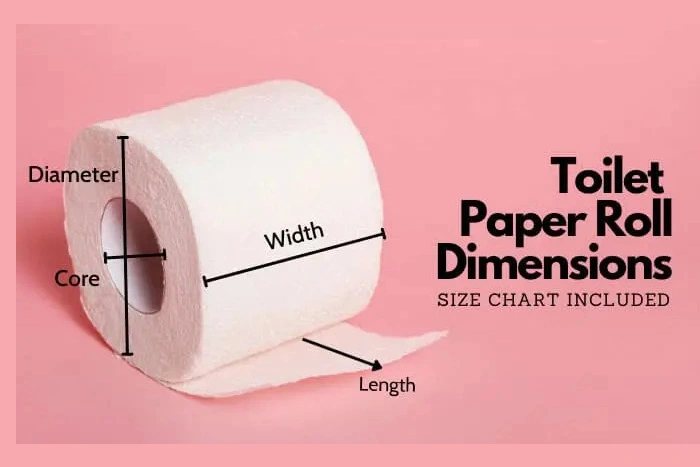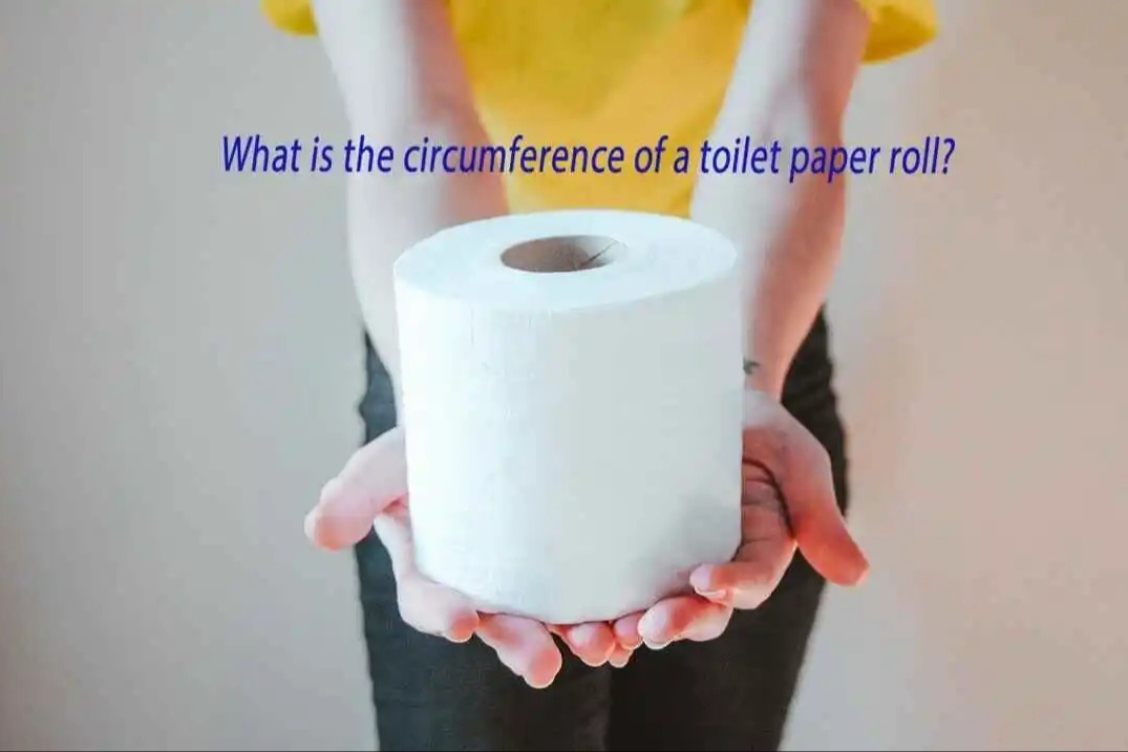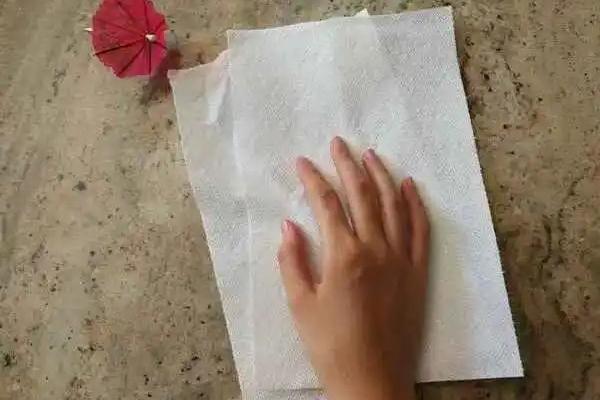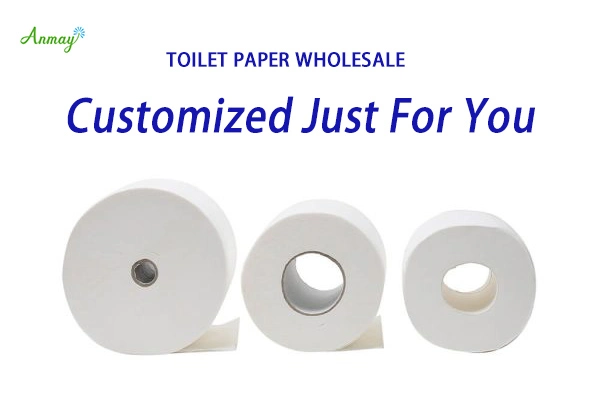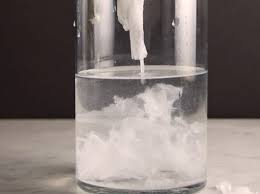
does toilet paper dissolve
When we flush the toilet, most of us don’t think twice about what happens to the toilet paper once it swirls out of view. Yet, the question remains: Does toilet paper dissolve properly? Understanding the breakdown process of toilet paper is essential for both homeowners and environmental enthusiasts alike. In this article, we will delve into how toilet paper dissolves, the factors that influence its dissolution, and some best practices for ensuring your toilet paper doesn’t cause any unwanted problems.
Understanding Toilet Paper Dissolution
The primary purpose of toilet paper is to provide hygiene after using the restroom. However, it’s also designed to disintegrate in water, especially dissolving toilet tissue, which is formulated to break down more efficiently. This is crucial, as undissolved toilet paper can lead to clogged pipes, septic system issues, and environmental concerns.
How Long Does It Take for Toilet Paper to Dissolve?
The dissolution rate of toilet paper depends on several factors, including the type of paper, the amount of water, and the conditions within the sewage system. Typically, standard toilet paper takes a few minutes to several hours to break down in water. Some brands may dissolve faster than others, especially those labeled as “septic-safe” or “quick-dissolving.”
The Science Behind the Process
Toilet paper is made from cellulose fibers that are designed to lose their bonding and fall apart when wet. This process is aided by the mechanical action of flushing, which agitates the toilet paper and water, helping it to dissolve more effectively.
Factors Affecting Toilet Paper Dissolution
Not all toilet paper is created equal, and various types, such as dissolving toilet tissue, can have different effects on your plumbing and the environment.
The Role of Ply and Texture
The number of plies (or layers) in toilet paper can influence how quickly it dissolves. Single-ply toilet paper usually dissolves faster than multi-ply options due to its thinner construction. The texture also plays a role; for instance, quilted or ultra-soft varieties may take longer to break down compared to standard ones.
Septic Systems vs. Sewer Systems
How long it takes for toilet paper to dissolve can also depend on whether it’s being flushed into a septic tank or a municipal sewer system. Septic systems are more sensitive and require toilet paper that dissolves easily to prevent blockages and maintain a healthy balance of bacteria.
Environmental Conditions
The temperature and pH level of the water can affect the dissolution rate of toilet paper. Warmer water can accelerate the process, while colder water may slow it down. Similarly, the pH level can impact how quickly the cellulose fibers disintegrate.
How Long Does It Take Toilet Paper to Dissolve?
To get a clearer picture, let’s explore the timeline for toilet paper dissolution.
Immediate to Several Hours After Flushing
Upon flushing, toilet paper begins to absorb water and break apart. The time it takes to dissolve varies, but most standard toilet papers start to disintegrate within a few minutes to a couple of hours.
Long-Term Impacts on Plumbing
If toilet paper doesn’t dissolve properly, it can accumulate and lead to clogged pipes or a backed-up septic system over time. It’s essential to use toilet paper that matches the capabilities of your plumbing system to avoid these issues.
Best Practices for Toilet Paper Use
While it’s important to choose the right toilet paper, how you use it also matters. Here are some tips to prevent plumbing problems and ensure your toilet paper dissolves correctly.
Moderation Is Key
Using too much toilet paper at once can hinder its ability to dissolve. Be mindful of the amount you use per flush to avoid creating potential blockages.
Flush Responsibly
Avoid flushing anything other than human waste and toilet paper. Items like wipes, feminine hygiene products, and paper towels are not designed to dissolve like toilet paper and can cause significant issues in your plumbing.
Choose the Right Toilet Paper
When selecting toilet paper, consider your plumbing system’s needs. If you have a septic system, opt for septic-safe brands that are known to dissolve quickly and efficiently.
Myths and Misconceptions
There are many myths surrounding toilet paper and its impact on plumbing systems. Let’s debunk a few common misconceptions.
All Toilet Paper Dissolves the Same
The truth is, not all toilet paper is created equal, and different brands and types will dissolve at different rates.
Flushing More Water Helps Toilet Paper Dissolve
While it may seem logical that more water would help toilet paper dissolve, excessive flushing can actually waste water and may not solve the problem if the toilet paper is already resistant to breaking down.
Eco-Friendly Toilet Paper Doesn’t Dissolve Well
Many people believe that eco-friendly or recycled toilet paper won’t dissolve as effectively. However, many environmentally conscious brands have optimized their products to dissolve just as well as traditional options.
Conclusion: The Importance of Choosing the Right Toilet Paper
In conclusion, toilet paper does dissolve in water, but how long it takes and how well it dissolves depends on various factors. By understanding the factors that affect dissolution and following best practices for use, you can prevent plumbing issues and contribute to a healthier environment.
Choosing the right toilet paper for your home and using it responsibly are simple steps that can have a significant impact. Whether you’re concerned about your plumbing, septic system, or environmental footprint, paying attention to the type of toilet paper you use and how you use it is essential.
For those looking to ensure their toilet paper dissolves properly while also being mindful of their environmental impact, consider exploring septic-safe, quick-dissolving, and eco-friendly options. With the right knowledge and choices, you can maintain the integrity of your plumbing system and contribute to a more sustainable future.

